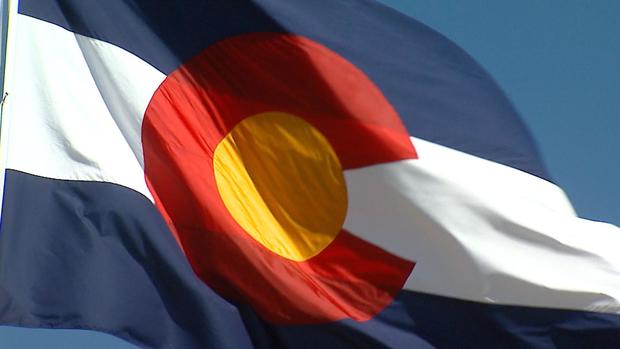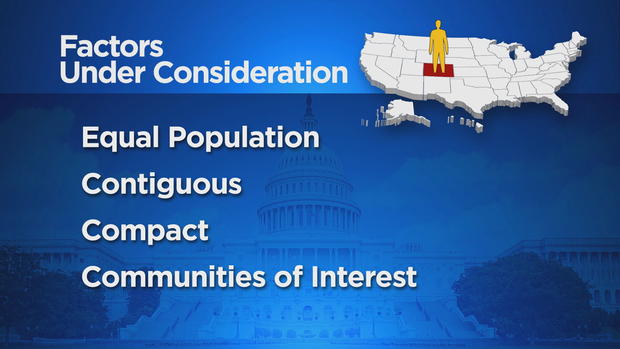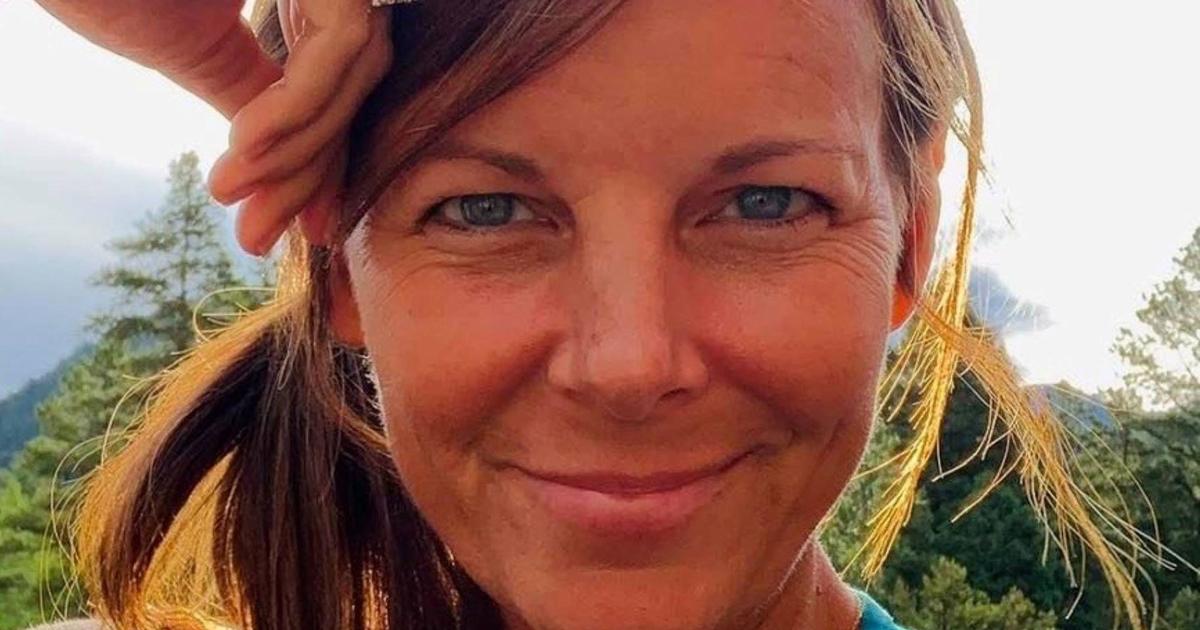Colorado Gets 8th Congressional Seat After 2020 Census Data Is Released
(CBS4) - The first data from the 2020 census is out and Colorado's population has grown so much over the last decade that we will pick up an eighth congressional seat. The state has nearly 5.8 million people, an increase of about 15 percent since 2000.
Colorado is one of six states that will earn at least one more seat in the U.S. House of Representatives. That hasn't happened in 20 years.
It means Colorado will have a bigger voice in Congress and an additional electoral vote in presidential elections.
The question now is where the eighth district will be located, and we will all have a say. For the first time, the districts won't be drawn by politicians but an independent commission, with input from people around the state, making the process less partisan and more public than ever before.
"This sets the stage for our politics and our public policy for the next decade. This is an opportunity for Coloradans to step-up and have their voices heard," says Curtis Hubbard, who led the passage of Amendments Y and Z.
The amendments created two independent commissions - one to draw Colorado's eight Congressional districts and the other to draw the 65 State House and 35 State Senate districts. Under the amendments, the districts must be equal in population, contiguous, and as compact as possible to avoid gerrymandering, or drawing lines to benefit one party over another. That doesn't mean they will all be competitive.
Hubbard says keeping communities of interest together is more important.
"So the rural communities may say 'Hey we'd like to be in district,' so that communities of color may come together and say 'We're a community of interest,' or a community may say 'Hey we are impacted by things like drilling, or energy development, or climate change, or air pollution," he explained.
The commissions are already seeking input from communities of interest but to draw districts equal in population they need detailed census data that is delayed until late summer.
Sen. Chris Holbert says people can't even petition to be on the 2022 ballot until they know where the district lines are.
"It's really important that we get these maps drawn as soon we possibly can," Holbert said.
That is why he's sponsoring a bill to allow the commissions to use other preliminary data to get started.
"It isn't just getting the maps drawn, but it is this continual domino process going into the early parts of next year," said Holbert. "It's not a hopeless situation, definitely frustrating because the data is delayed."
The two commissions are required to hold 21 public meetings across the state over the next few months, so that we can see their draft maps and provide input on where the lines should be. Detailed block-level census data was delayed by COVID-19 and a legal challenge by the Trump administration over a citizenship question. It won't be available until August or September. The maps need to be submitted to the Colorado Supreme Court for approval by November.






